Home>Garden Essentials>How Deep To Plant Weed Seeds
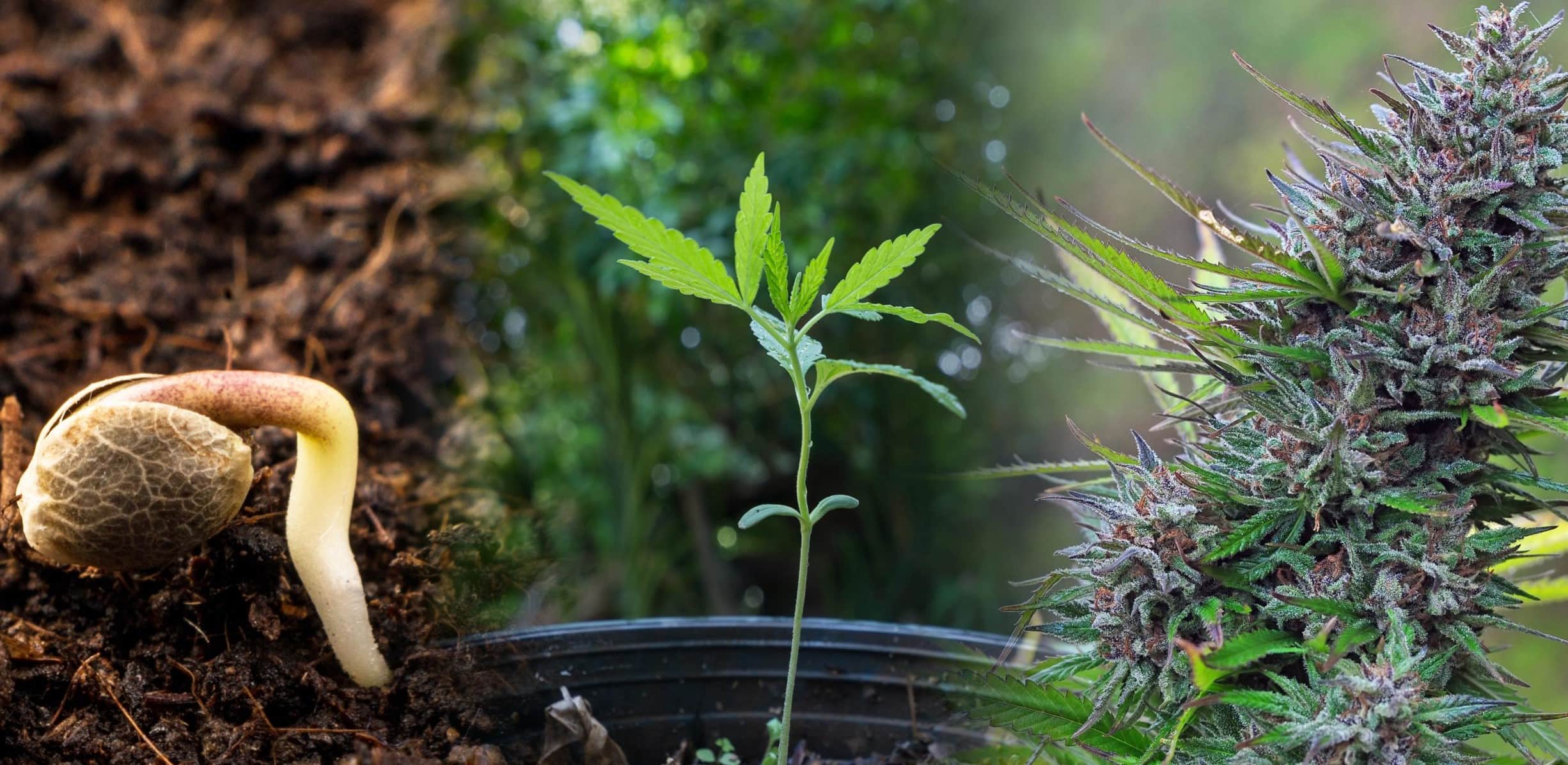

Garden Essentials
How Deep To Plant Weed Seeds
Modified: March 15, 2024
Learn how deep to plant weed seeds in your garden. Find out the optimal planting depth for a successful and bountiful harvest.
(Many of the links in this article redirect to a specific reviewed product. Your purchase of these products through affiliate links helps to generate commission for Storables.com, at no extra cost. Learn more)
Introduction
Gardening can be a fulfilling and rewarding activity, allowing you to cultivate beautiful plants and enjoy the bounties of nature right in your own backyard. When it comes to growing plants from seeds, it’s essential to understand the proper depth at which to plant them. This is especially crucial for weed seeds, as they can quickly take over your garden if not planted correctly.
Planting weed seeds at the correct depth not only ensures healthy germination, but it also helps prevent competition from other plants, supports root development, and provides the optimum environment for seed growth. However, determining the appropriate depth for planting weed seeds can vary depending on various factors, including the type of weed, soil conditions, and climate.
In this article, we will explore the factors to consider when deciding how deep to plant weed seeds, provide recommendations for seed depth based on common weed varieties, discuss how to test germination rates, and highlight common mistakes to avoid when planting weed seeds.
By understanding these key aspects of planting weed seeds, you can increase the success rate of your gardening endeavors and maintain a well-manicured garden that thrives with the desired plants while keeping weeds at bay.
Key Takeaways:
- Planting weed seeds at the right depth is crucial for healthy growth. Factors like seed size, soil type, and climate affect the depth. Testing germination rate and avoiding common mistakes lead to a thriving garden.
- Consider seed size, soil type, and climate when planting weed seeds. Test germination rate and avoid common mistakes for a successful garden.
Read more: How Deep To Plant Oregano Seeds
Factors to Consider
When determining the proper depth for planting weed seeds, it’s crucial to take into account several factors that can influence germination and overall plant growth. Consider the following factors:
1. Seed Size
The size of the weed seeds will play a significant role in determining the ideal planting depth. Smaller seeds, such as those of dandelions or chickweed, require a shallower planting depth compared to larger seeds, like those of sunflowers or pumpkins. As a general guideline, smaller seeds should be planted at a depth of around 1/8 to 1/4 inch, while larger seeds can be planted deeper, around 1/2 to 1 inch.
2. Soil Type
The composition and texture of the soil in your garden will affect how deep you should plant weed seeds. Sandy soils tend to drain quickly and may require deeper planting to ensure proper moisture retention for germination. On the other hand, heavy clay soils retain moisture well and may require shallower planting depths to prevent waterlogging and rot. It’s essential to assess your soil’s characteristics and adjust the seed depth accordingly.
3. Soil Moisture
Seed germination relies on adequate moisture levels in the soil. If the soil is too dry, seeds may struggle to absorb the necessary water for germination. In such cases, consider planting weed seeds slightly deeper to reach a moister layer of soil. Conversely, in overly wet conditions, planting seeds shallower can help protect them from drowning and fungal diseases.
4. Temperature and Climate
Temperature and climate have a significant impact on seed germination and growth. Most weed seeds require a certain soil temperature range for successful germination. Research the ideal soil temperature requirements for the specific weed variety you are planting and adjust the planting depth accordingly. In colder climates, planting seeds slightly deeper can provide insulation and protect them from frost.
5. Light Requirements
Some weed seeds, especially those of annual weeds, require light for germination. These seeds should be planted at a shallower depth, close to the soil surface, to ensure they receive the necessary light. However, perennial weed seeds typically require darkness for germination and should be planted at a deeper depth to ensure adequate cover.
By considering these factors, you can determine the most suitable planting depth for your weed seeds, promoting optimal germination and establishing healthy plants in your garden.
Seed Depth Recommendations
While the ideal seed depth for planting weed seeds can vary depending on the factors mentioned earlier, here are some general recommendations based on common weed varieties:
1. Shallow Planting
- Dandelion: Plant the seeds at a depth of about 1/8 to 1/4 inch.
- Chickweed: Plant the seeds at a depth of about 1/8 to 1/4 inch.
- Purslane: Plant the seeds at a depth of about 1/8 to 1/4 inch.
2. Moderate Planting
- Crabgrass: Plant the seeds at a depth of about 1/4 to 1/2 inch.
- Lamb’s Quarters: Plant the seeds at a depth of about 1/4 to 1/2 inch.
- Plantain: Plant the seeds at a depth of about 1/4 to 1/2 inch.
3. Deeper Planting
- Sunflower: Plant the seeds at a depth of about 1/2 to 1 inch.
- Pumpkin: Plant the seeds at a depth of about 1/2 to 1 inch.
- Squash: Plant the seeds at a depth of about 1/2 to 1 inch.
Please note that these recommendations are general guidelines and may need to be adjusted based on the specific conditions of your garden. It’s always a good idea to consult seed packets or reliable gardening resources for more accurate depth recommendations for the particular weed varieties you are planting.
Remember to consider your soil type, moisture levels, temperature, and light requirements when deciding on the appropriate seed depth. By following these recommendations, you can give your weed seeds the best chance of successful germination and healthy growth.
Plant weed seeds at a depth of 1/4 to 1/2 inch in loose, well-drained soil. Cover lightly with soil and water gently. Keep soil consistently moist until seeds germinate.
Testing Germination Rate
Before planting a large batch of weed seeds, it’s beneficial to test the germination rate to determine the viability and ensure successful seedling establishment. Conducting a germination test allows you to gauge how many seeds will likely sprout and adjust your planting quantity accordingly. Here’s a simple guide to testing the germination rate:
1. Gather Supplies
You’ll need a handful of weed seeds, a paper towel or coffee filter, a plastic bag, and a permanent marker.
2. Prep the Seeds
Dampen the paper towel or coffee filter with water, ensuring it’s moist but not saturated. Place about 10 to 20 weed seeds in the center of the towel, ensuring they are evenly spaced and not touching.
3. Fold and Seal
Fold the damp towel over the seeds, covering them completely. Carefully place the folded towel into the plastic bag. Seal the bag, leaving a small opening for air circulation.
4. Label and Store
Use the permanent marker to label the plastic bag with the name of the weed variety and the date. Find a warm and well-lit spot, such as a windowsill, and place the bag there.
5. Monitor and Count
Check the plastic bag daily to monitor any changes. After about 7 to 10 days, count the number of seeds that have germinated (sprouted). This will give you the germination rate percentage.
6. Adjust Planting Quantity
Based on the germination rate, you can adjust your planting quantity. For example, if you have a germination rate of 80%, you can plant 80% of the desired number of plants to ensure a successful yield.
By testing the germination rate, you can save time, effort, and resources by only planting viable weed seeds. This process gives you a better understanding of the expected success rate and allows you to plan accordingly for a thriving garden.
Common Mistakes to Avoid
To ensure successful germination and healthy growth of weed seeds, it’s important to avoid these common mistakes:
1. Planting Seeds Too Deep
One of the most common mistakes is planting weed seeds too deep in the soil. This can inhibit germination, as the seeds may not have sufficient access to light or moisture. Be sure to follow the recommended planting depths for the specific weed varieties you are growing.
2. Planting Seeds Too Close Together
Overcrowding weed seeds can lead to competition for nutrients, water, and sunlight, resulting in weak and stunted plants. Give each seed enough space to grow by following the spacing guidelines specified on the seed packet.
3. Not Providing Adequate Water
Proper watering is crucial for the germination and growth of weed seeds. Avoid underwatering, as it can prevent seeds from germinating, and overwatering, which can lead to rot and diseases. Monitor the moisture levels in the soil and provide consistent but not excessive watering.
4. Neglecting Soil Preparation
Preparing the soil before planting weed seeds is vital for optimal growth. Failure to loosen compacted soil, remove weeds and debris, and add organic matter can hinder seed germination and root development. Take the time to prepare the soil properly to create a healthy growing environment.
5. Ignoring Temperature and Climate Conditions
Each weed variety has specific temperature and climate requirements for successful germination. Planting weed seeds in unfavorable conditions, such as extremely cold or hot weather, can impair germination and seedling development. Research the ideal temperature ranges for the weed species you are planting and plan accordingly.
6. Allowing Weeds to Mature
Allowing existing weeds in your garden to mature and produce seeds can lead to a never-ending cycle of weed growth. Regularly weed your garden and remove any mature weeds before they have a chance to disperse their seeds. This will help prevent future weed problems.
By avoiding these common mistakes, you can increase the chances of successful germination, promote healthy plant growth, and maintain a well-maintained garden that is free from unwanted weed infestations.
Read more: How Deep To Plant Papaya Seeds
Conclusion
Properly planting weed seeds at the appropriate depth is essential for successful germination and the establishment of healthy plants. By considering factors such as seed size, soil type, moisture levels, temperature, and light requirements, you can determine the ideal seed depth for the specific weed varieties you are growing.
Following the recommended seed depth guidelines for common weed varieties can provide a helpful starting point. However, it’s important to adjust these recommendations based on your specific garden conditions. Testing the germination rate of weed seeds before widespread planting allows you to gauge their viability and adjust your planting quantity accordingly.
To ensure success, be mindful of common mistakes, such as planting seeds too deep, overcrowding, inadequate watering, neglecting soil preparation, ignoring temperature and climate conditions, and allowing weeds to mature. Avoiding these mistakes will help you establish a healthier garden and minimize weed infestations.
Remember that gardening is a continuous learning process, and it may take some trial and error to find the optimal seed depth for your specific garden conditions. Stay observant, adapt as needed, and don’t be afraid to seek advice from fellow gardeners or professionals if you encounter any challenges along the way.
By understanding and implementing the proper seed depth recommendations while avoiding common mistakes, you can create a well-manicured garden that thrives with the desired plants while keeping unwanted weeds at bay.
Frequently Asked Questions about How Deep To Plant Weed Seeds
Was this page helpful?
At Storables.com, we guarantee accurate and reliable information. Our content, validated by Expert Board Contributors, is crafted following stringent Editorial Policies. We're committed to providing you with well-researched, expert-backed insights for all your informational needs.
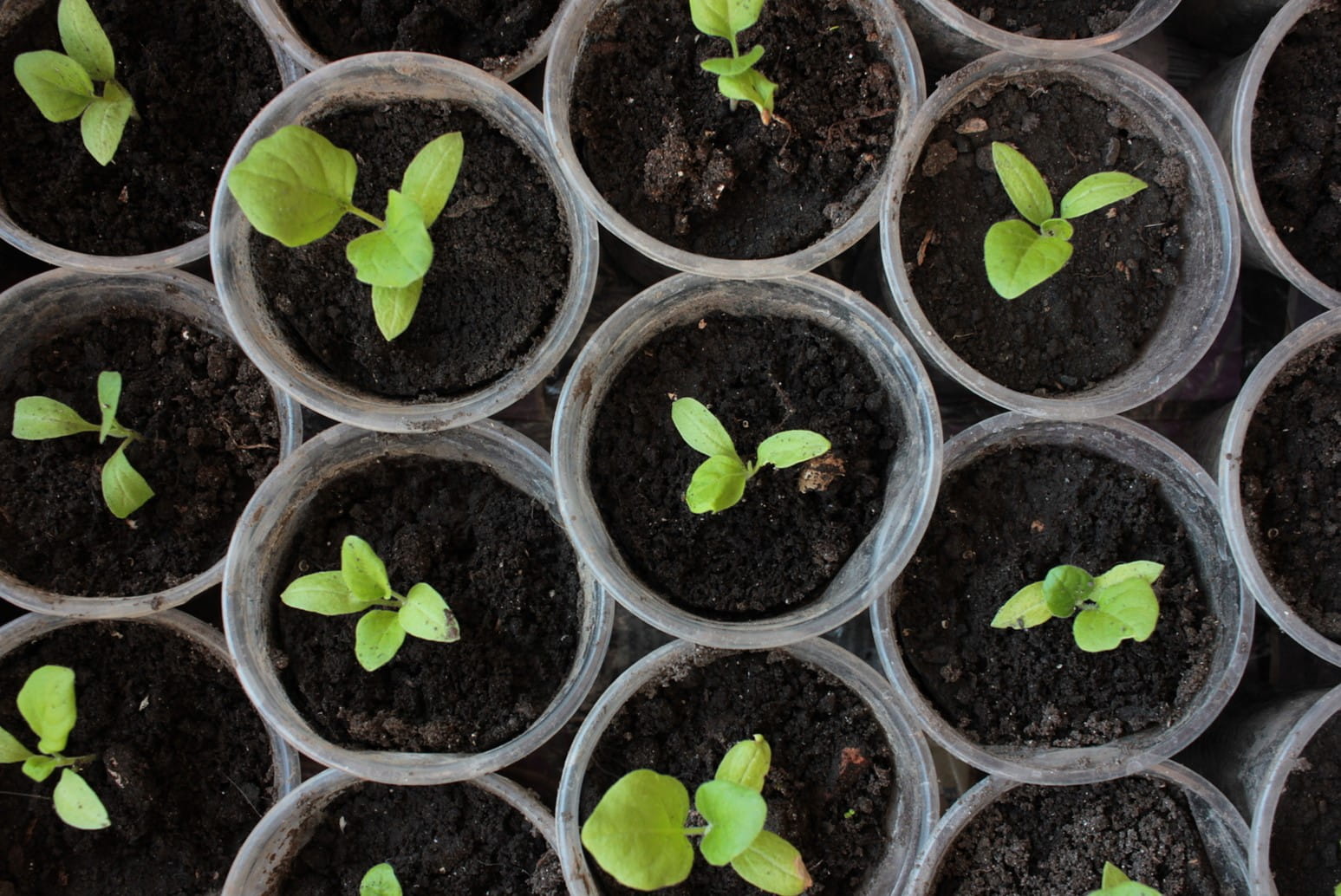
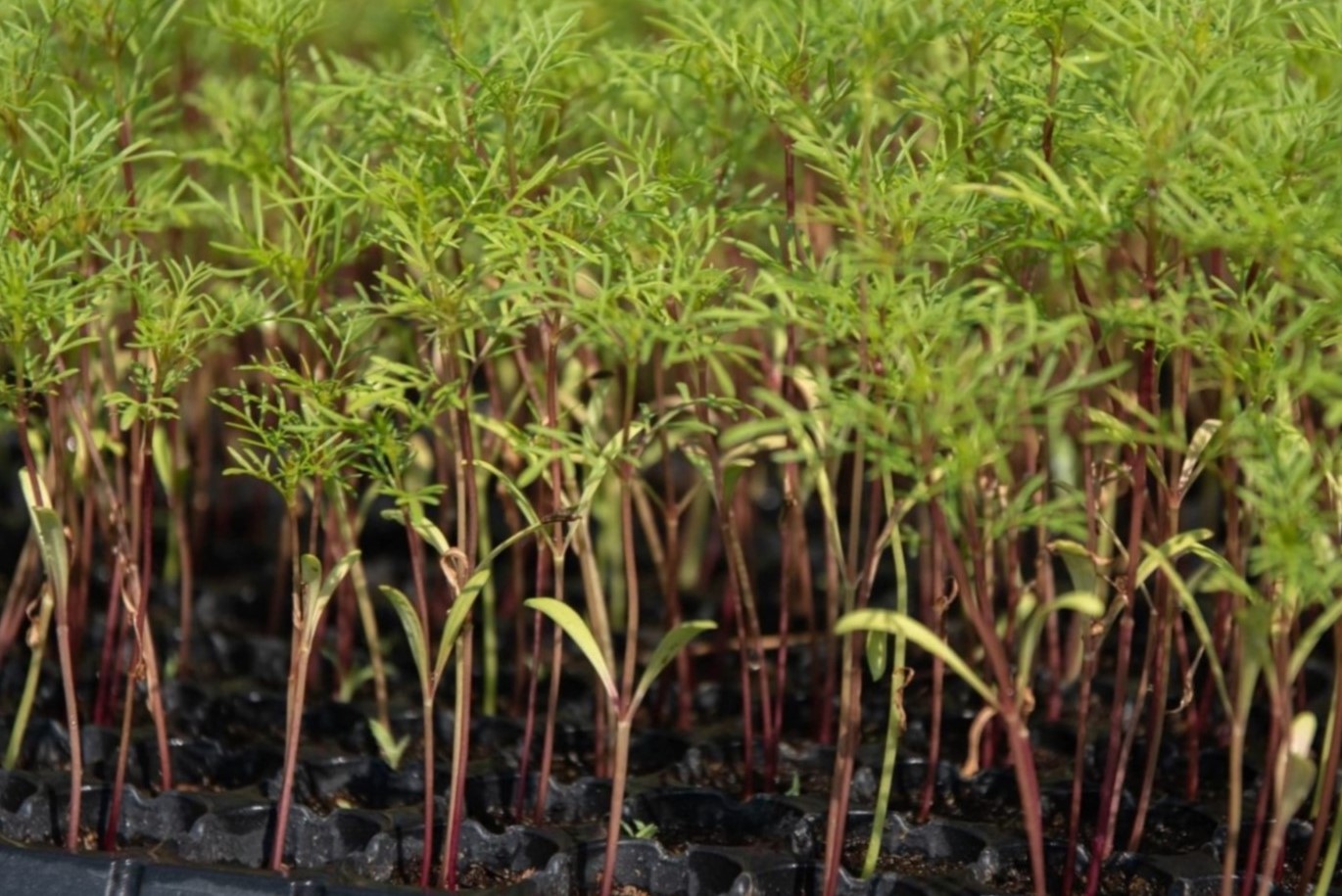
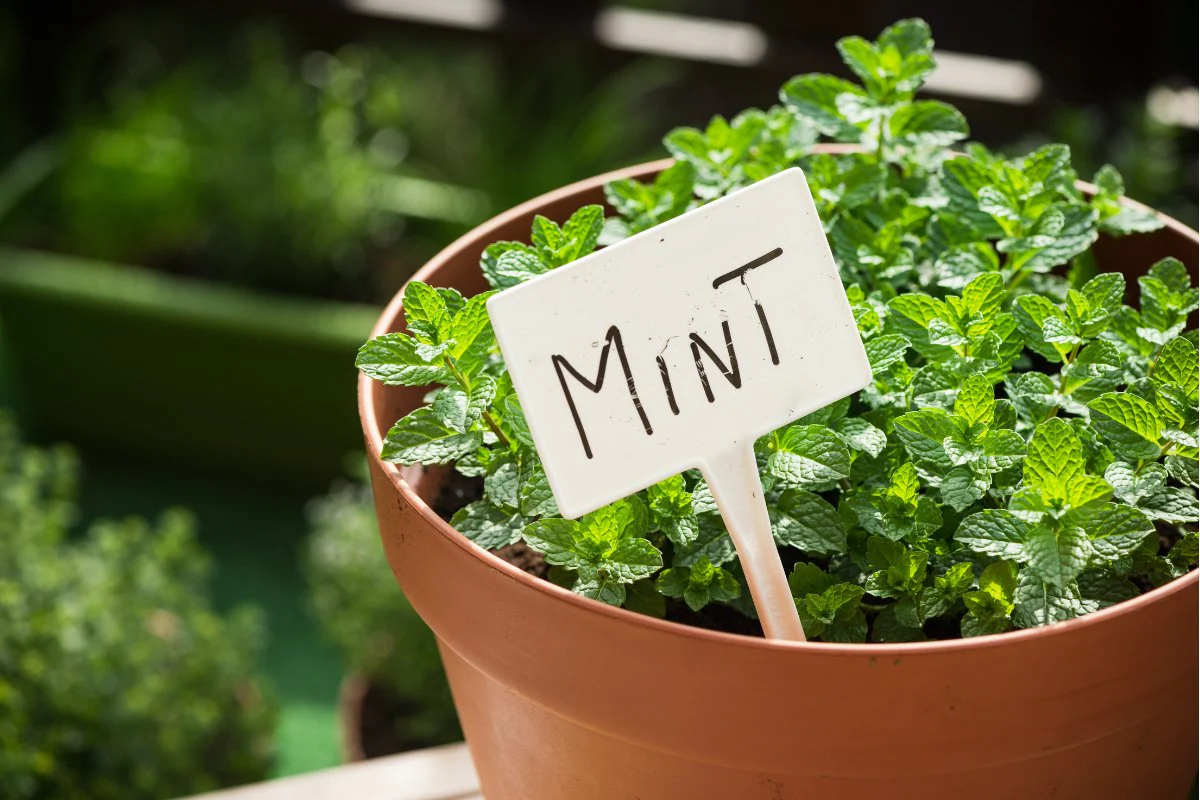
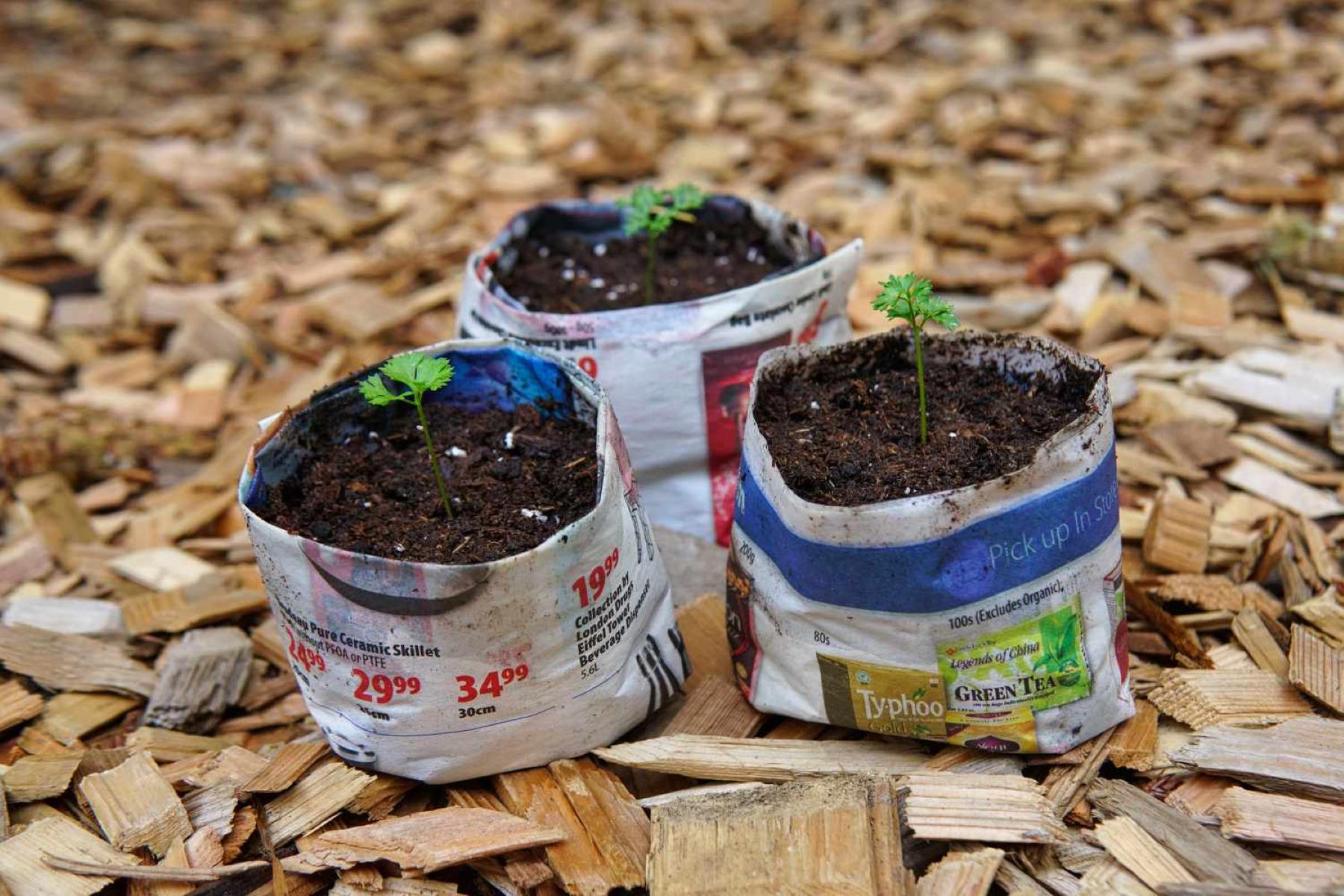
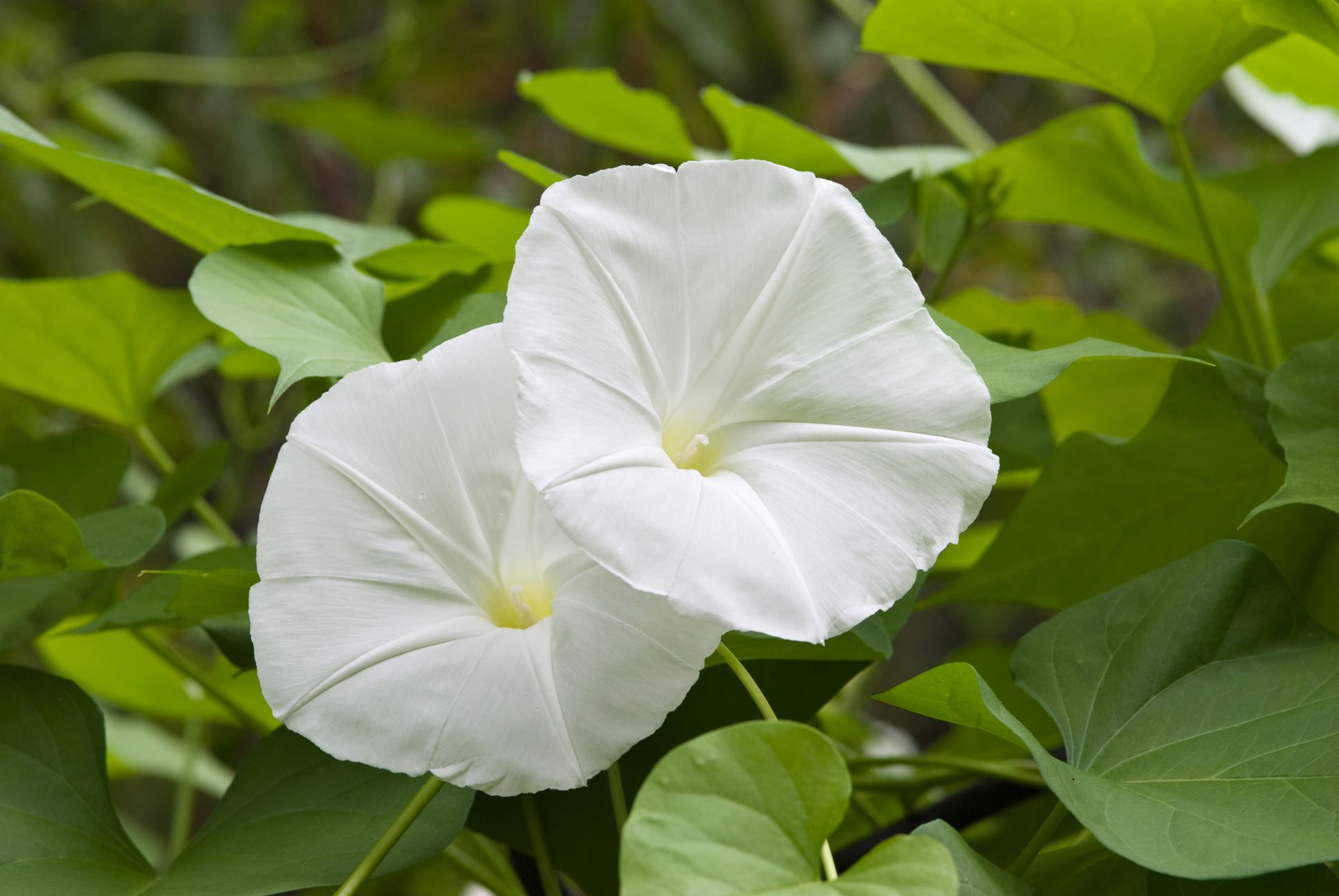
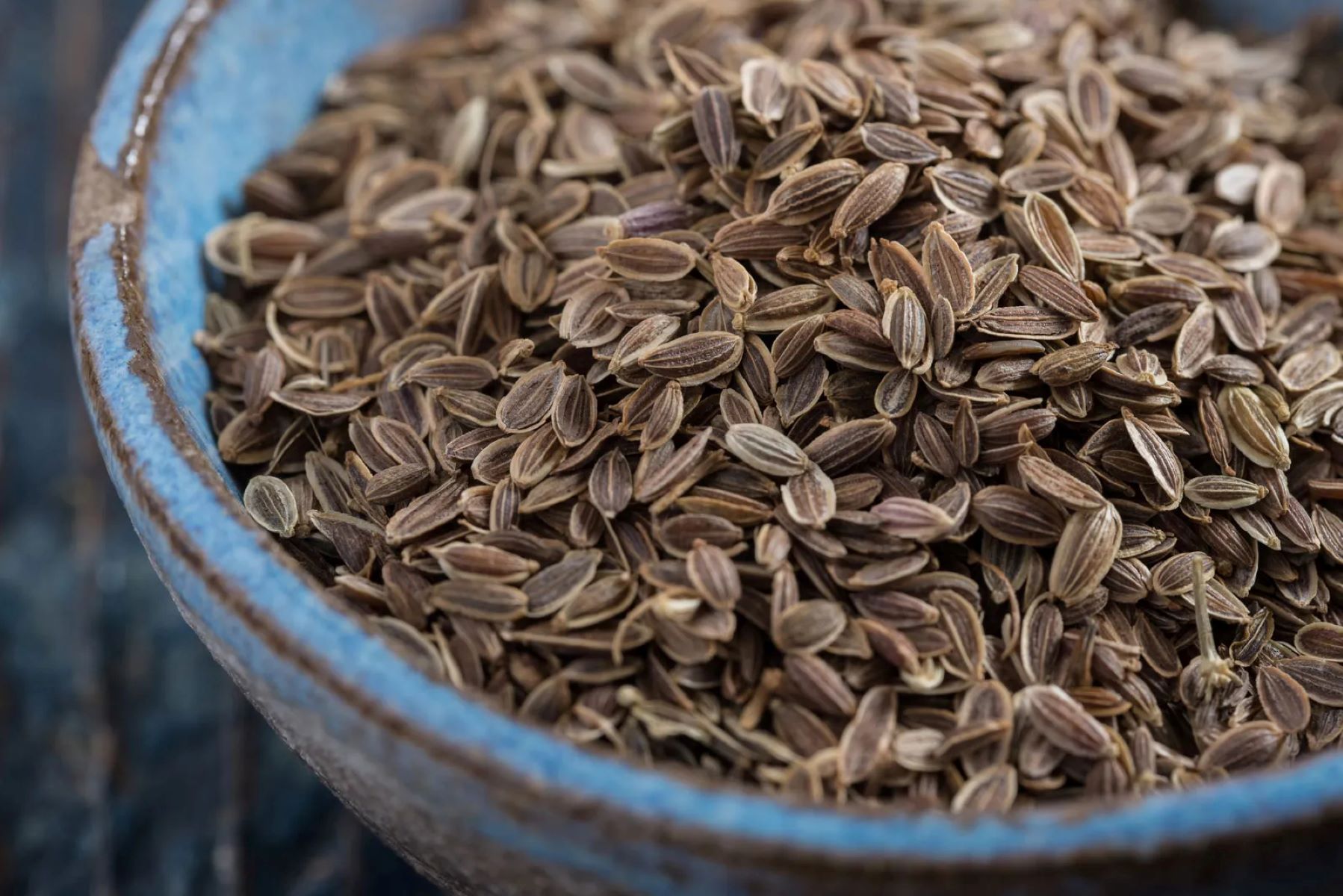
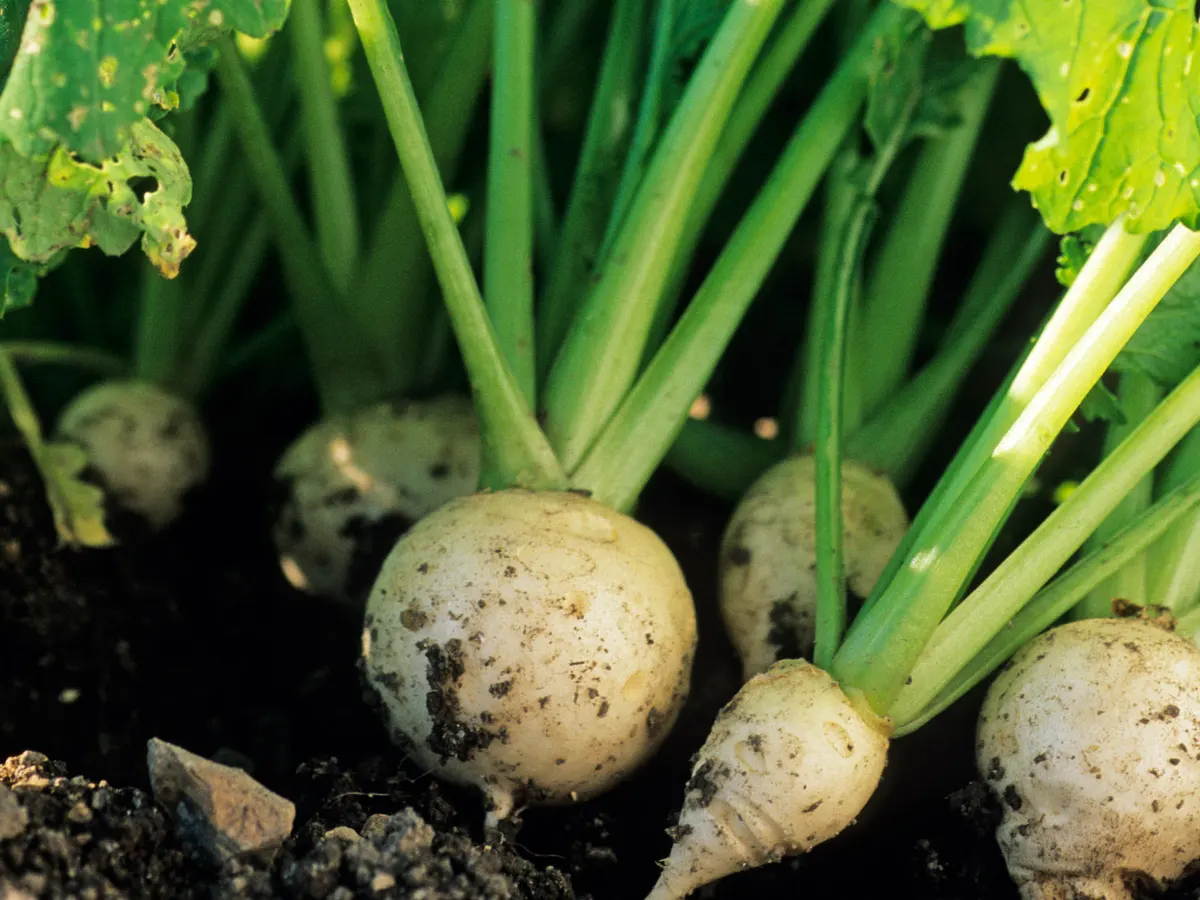
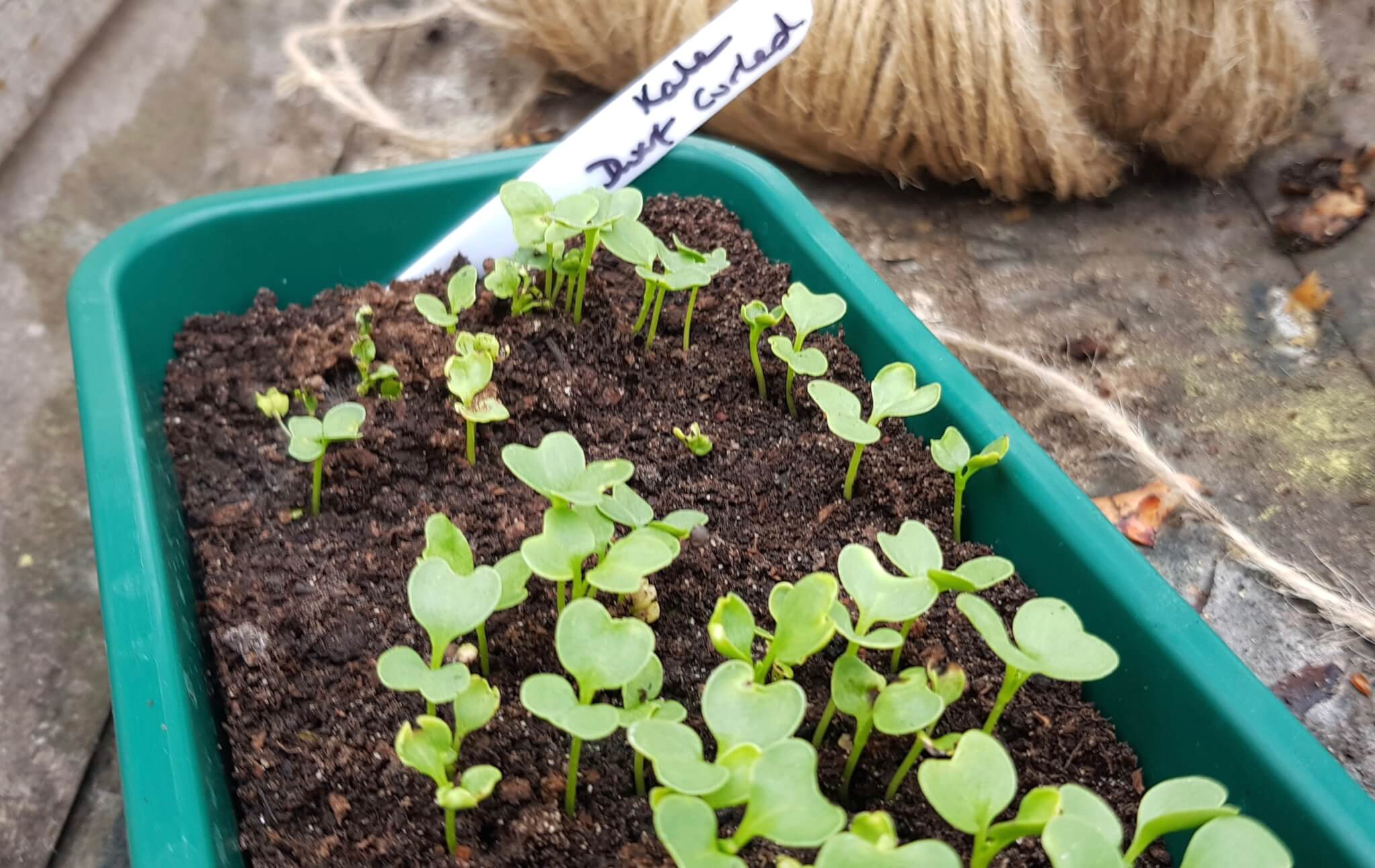
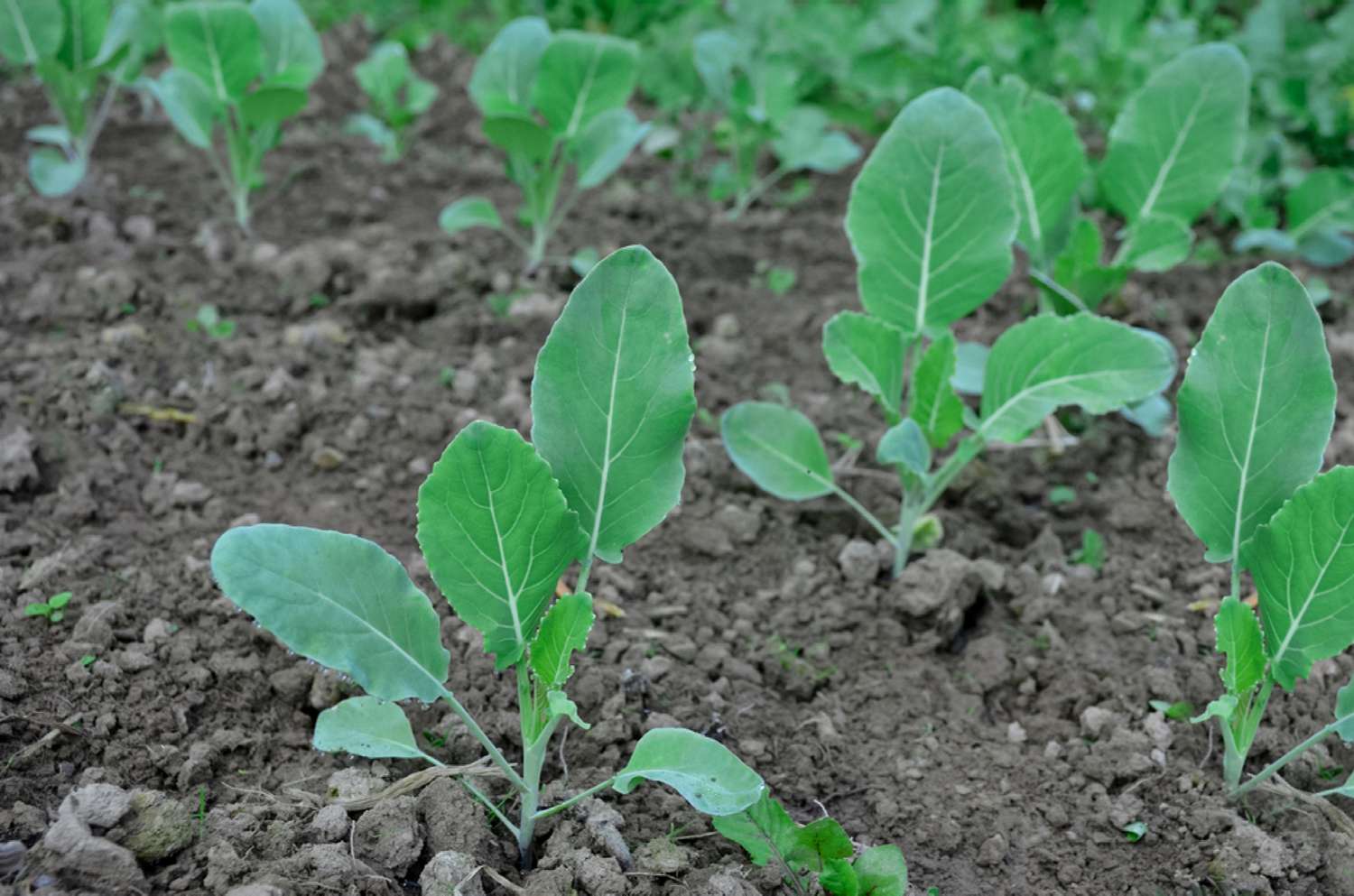
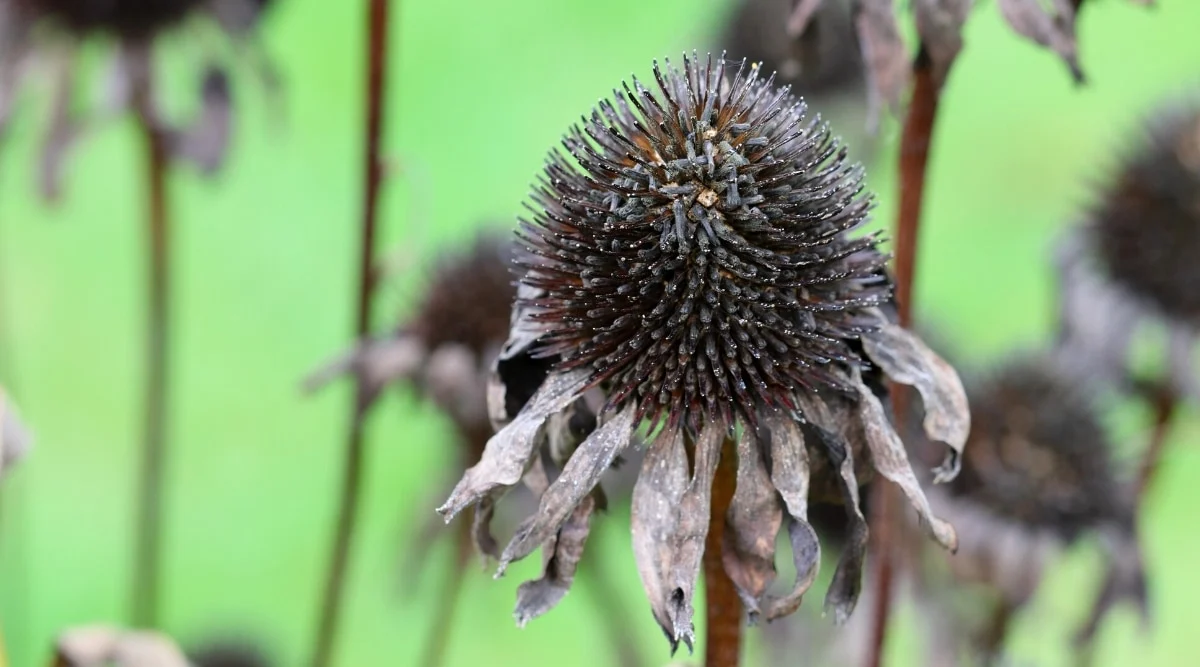
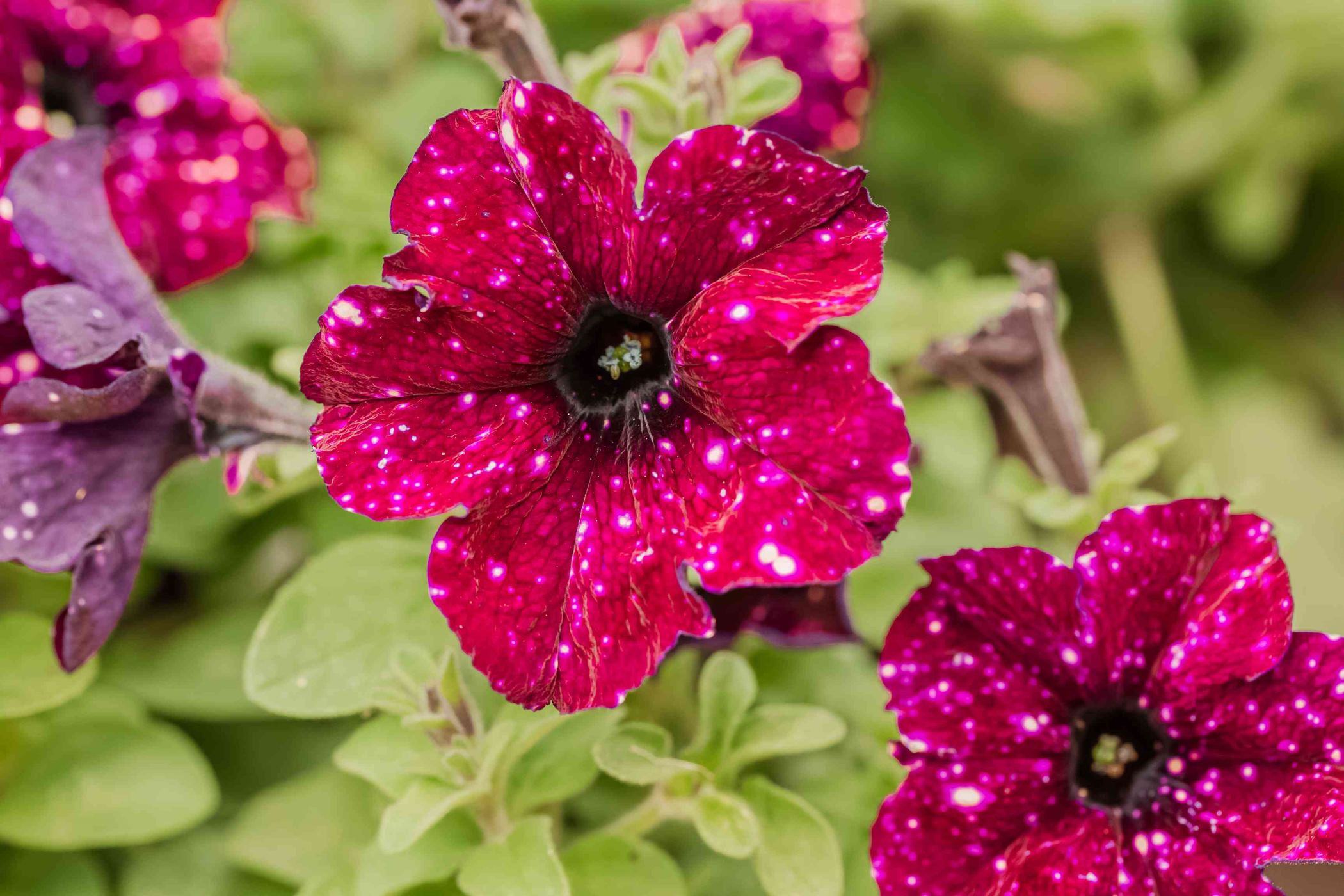
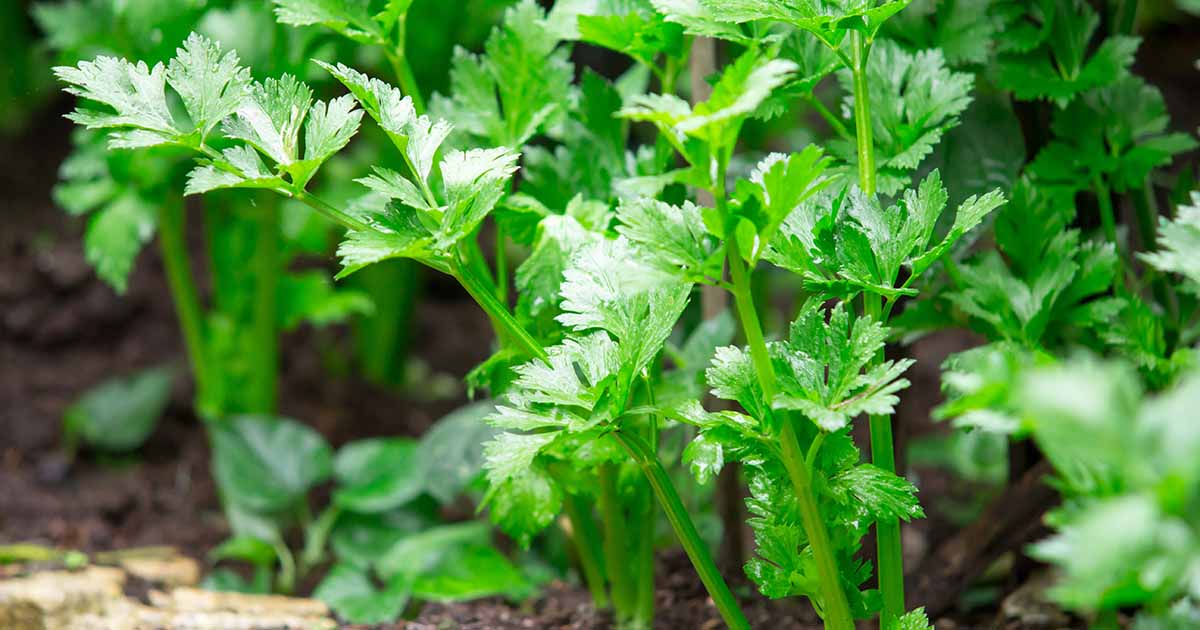
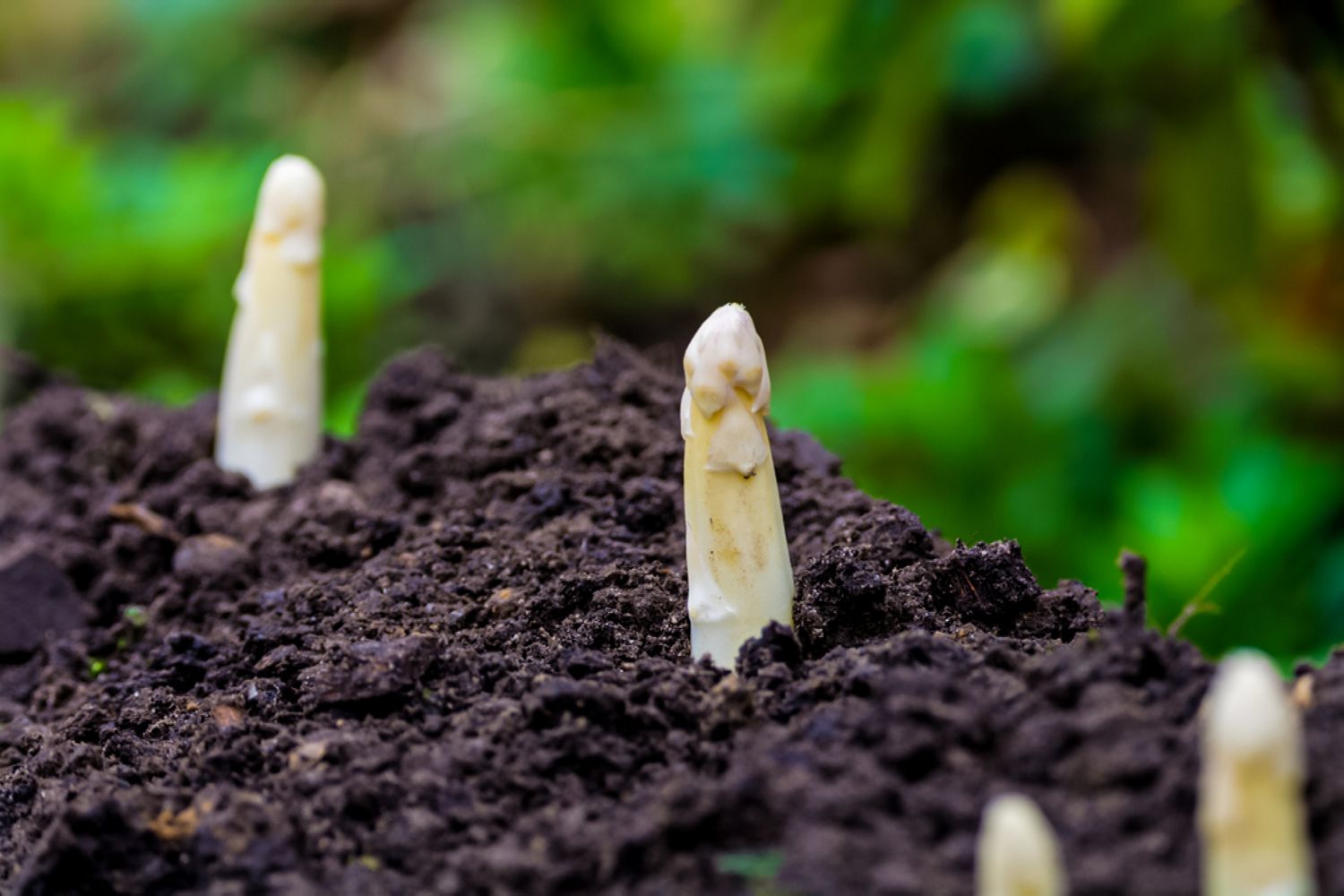
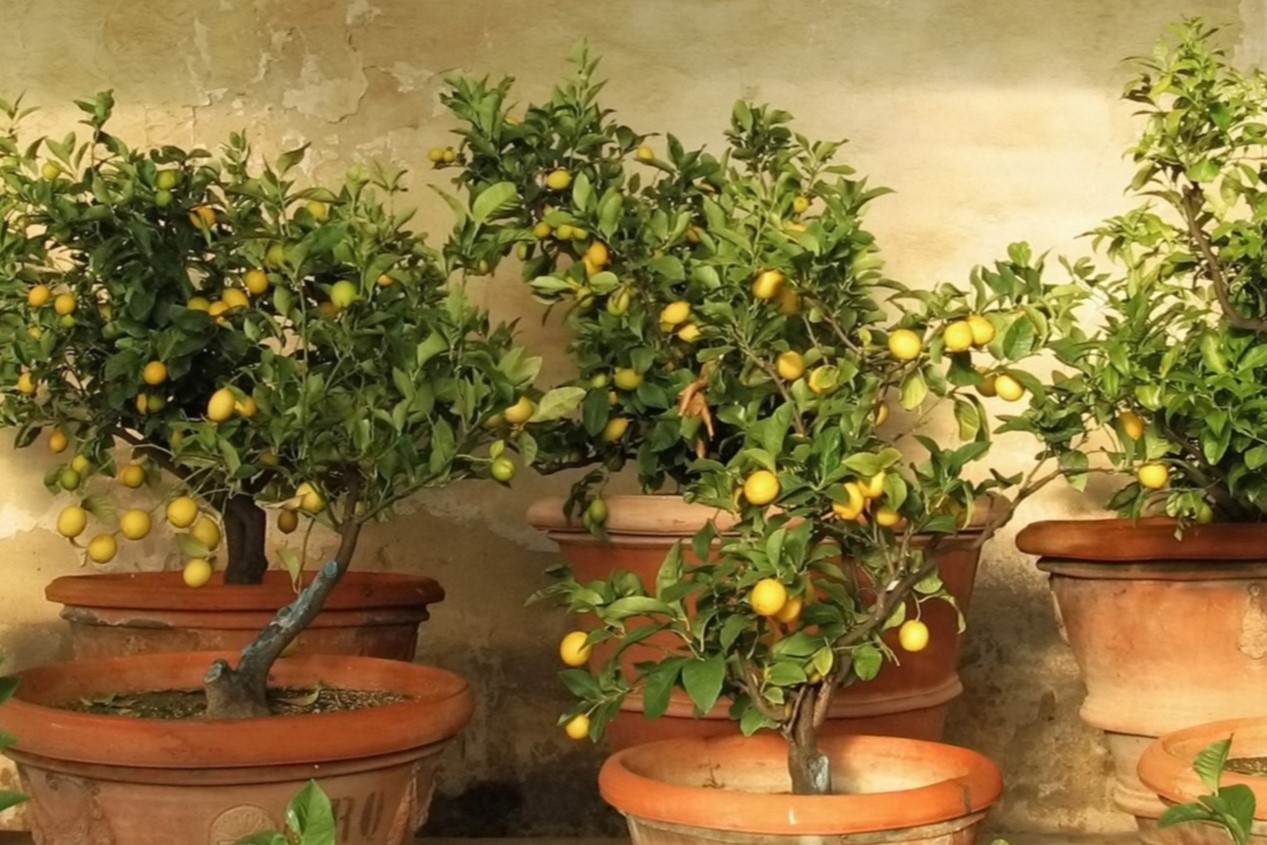

0 thoughts on “How Deep To Plant Weed Seeds”